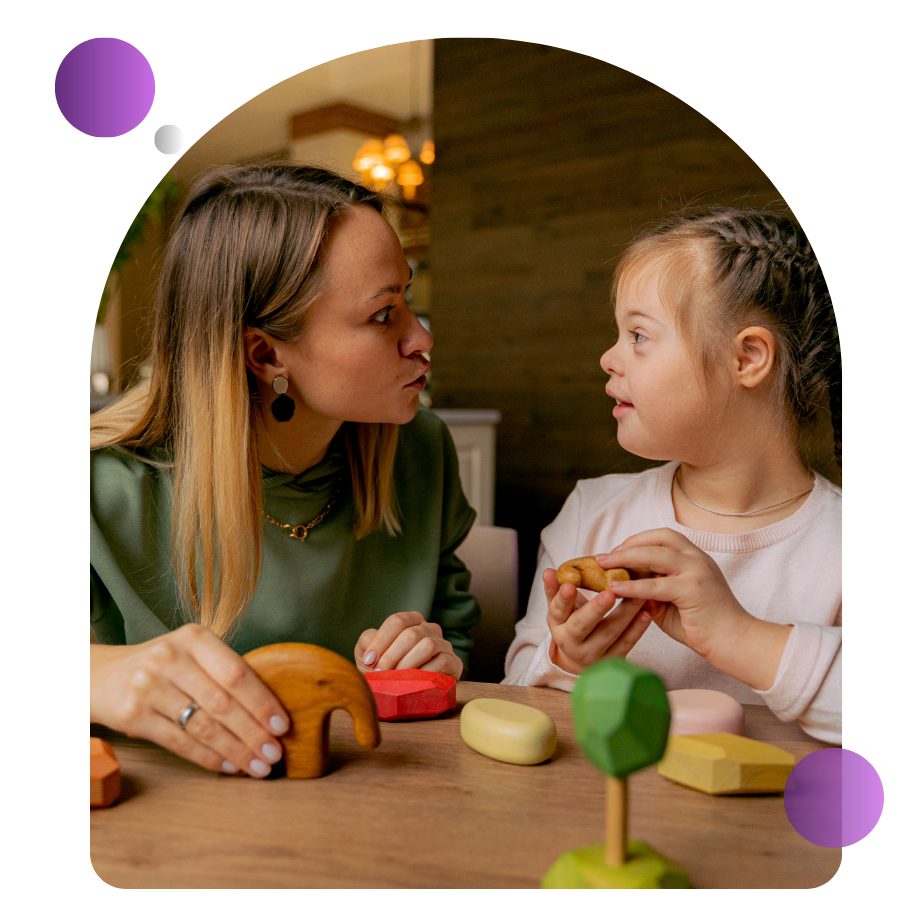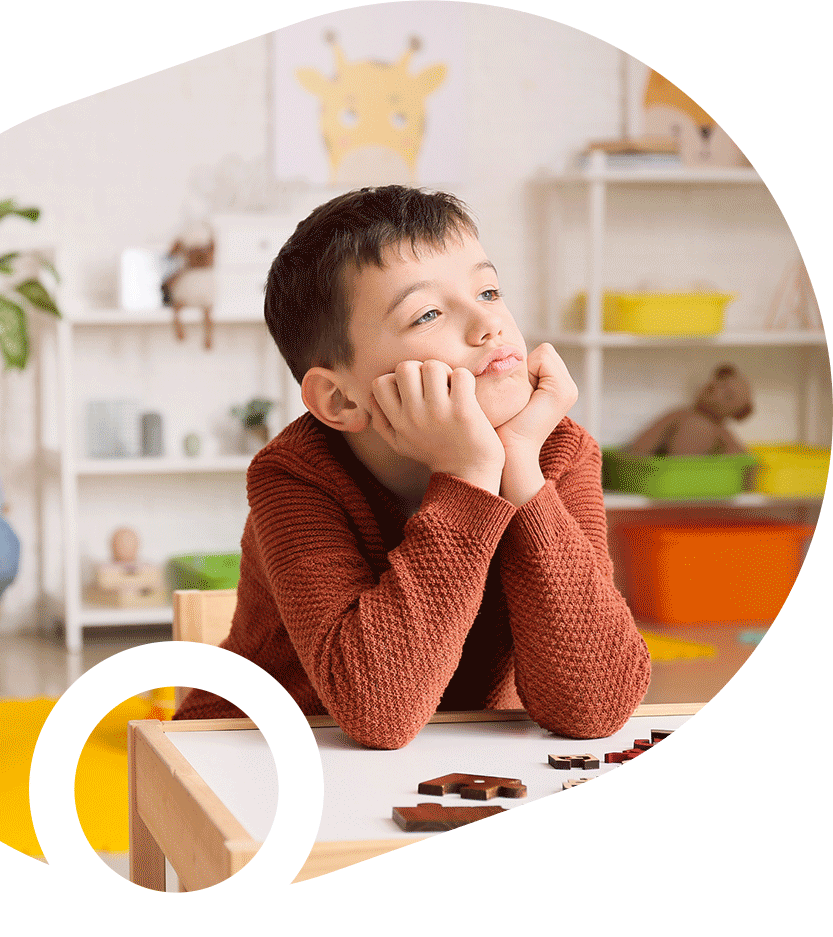

Down Syndrome
Down Syndrome
Looking at Down Syndrome with Clarity and Compassion
Down Syndrome is a genetic condition caused by an extra copy of chromosome 21, leading to intellectual and developmental delays. While individuals with Down Syndrome often experience challenges with speech and language, speech therapy plays a crucial role in improving communication skills and overall quality of life.

Understanding Down Syndrome: A Guide for Families:

What Research Says
- Early intervention improves outcomes:
Research shows that early speech therapy for children with Down Syndrome can significantly improve speech clarity and language development (American Journal of Speech-Language Pathology, 2011). - Visual and tactile aids are effective:
Studies indicate that children with Down Syndrome often benefit from visual and tactile supports (like pictures or sign language) to help reinforce verbal communication (Journal of Speech, Language, and Hearing Research, 2014). - Speech therapy enhances social skills:
Therapy focusing on pragmatic language (the use of language in social contexts) helps children with Down Syndrome better engage with peers and family, improving overall social development (Journal of Developmental and Behavioural Pediatrics, 2015).
Down Syndrome: Common Questions
Therapies like speech therapy, occupational therapy, and physical therapy help children develop essential skills. Speech therapy improves communication, while occupational therapy supports daily tasks and motor skills, and physical therapy addresses movement and muscle strength.
Speech therapy helps children improve speech clarity, language skills, and social communication. It targets articulation (sound production), understanding and using words, and interacting with others.
Occupational therapy focuses on fine motor skills (like using utensils and dressing), sensory processing, and helping with self-care tasks. It increases independence and improves coordination.
Speech therapy helps with communication, while occupational therapy supports motor skills and daily activities. Together, they help children develop both communication and practical life skills.
Most children benefit from weekly speech therapy and occupational therapy sessions, but frequency may vary based on individual needs.
Yes, both speech therapy and occupational therapy can help children improve social skills, self-regulation, and behavioral interactions with others.
Encourage communication through reading, conversation, and simple practice for speech. For occupational therapy, practice fine motor skills and self-care routines at home.
